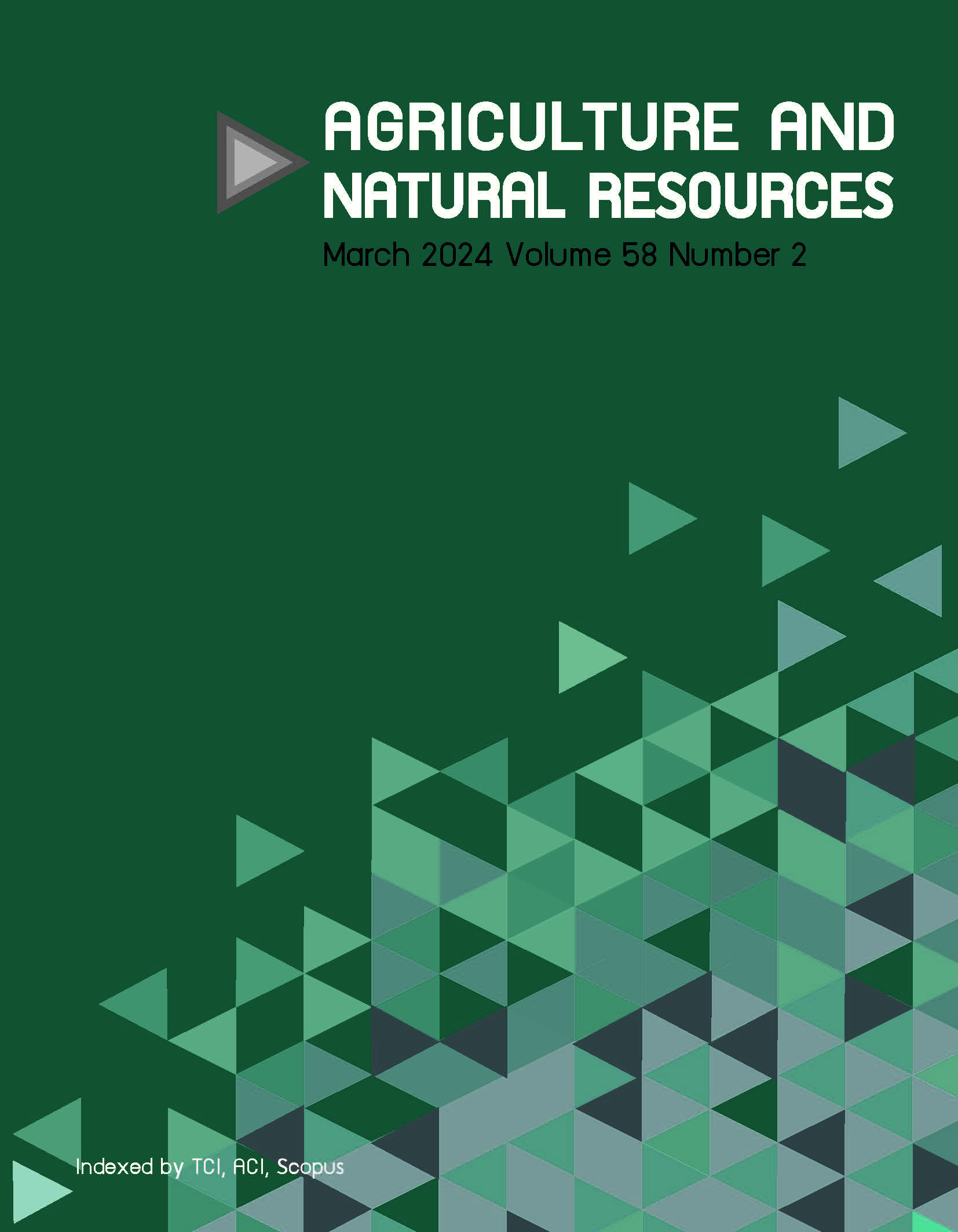Recovery of Sterculia quadrifida R.Br. bark: A guide to sustainable bark harvesting for traditional medicine
Keywords:
Bark Harvesting, Faloak, Sterculia quadrifida, Hepatitis, Peanut tree, TimorAbstract
Importance of the work: Traditionally, the bark of Sterculia quadrifida R.Br. has been used to treat hepatitis in Indonesia. However, information on bark recovery is lacking.
Objectives: To determine the levels of regrown bark of S. quadrifida under different debarking strip sizes and intensities.
Materials & Methods: In total, 120 trees were debarked in Kupang, Indonesia based on three diameter at breast height (DBH) classes, using two strip-debarking intensities: partial (periderm and phloem) and total (periderm, phloem and cambium). Periodically, bark recovery was observed visually and by weighing the recovered bark at the end of the observation period.
Results: Visually, at 21 mth, the recovery for all strip sizes in the three DBH classes had reached more than 80%, while only the small diameter class had more than 100% regrowth bark weight, as had the recovery of the strip size of 5 cm × 25 cm in the medium DBH class. All diameter classes reached 100% strip recovery by month 21. The recovered bark weight was 76.91 ± 21.80% of the total debarking treatment and was 67.51 ± 69.64% for the partial debarking treatment. The recovery rate differed significantly between diameter classes, with the wider the strip, the longer the recovery process.
Main finding: A small strip size on trees with a small DBH produced the fastest bark recovery. Debarking the outer and inner bark resulted in better recovery than from partial debarking, as indicated by the higher percentage of recovered bark weight for the former.
Downloads
Published
How to Cite
Issue
Section
License
Copyright (c) 2024 Kasetsart Universityonline 2452-316X print 2468-1458/Copyright © 2022. This is an open access article under the CC BY-NC-ND license (http://creativecommons.org/licenses/by-nc-nd/4.0/),
production and hosting by Kasetsart University of Research and Development Institute on behalf of Kasetsart University.







